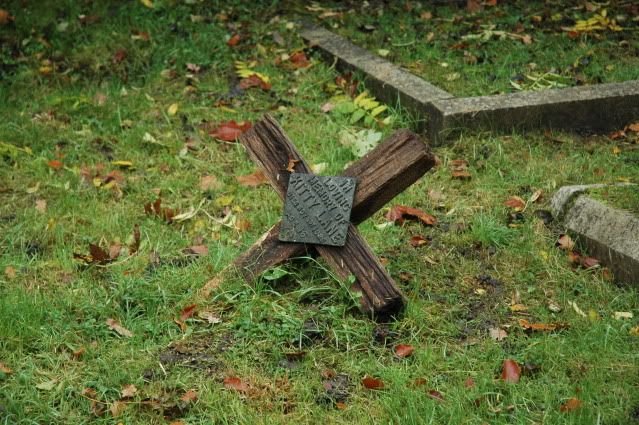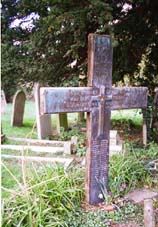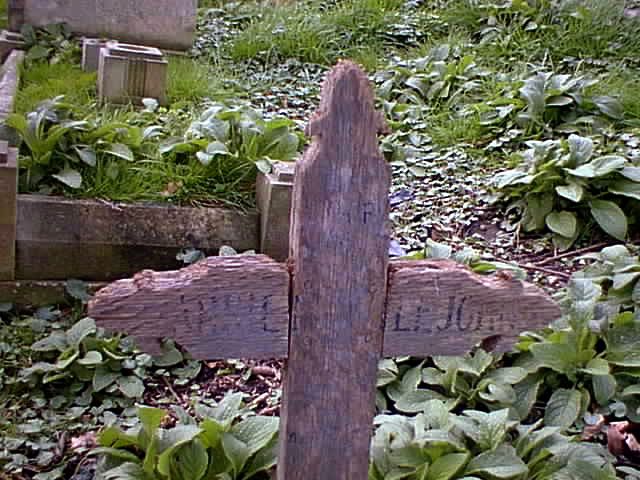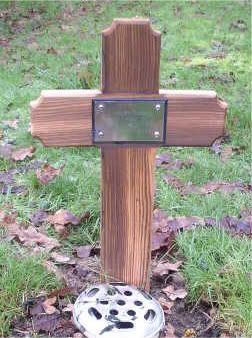Paul Chapman
Established Member
I've been asked to make a temporary cross for a grave. Need to have it done by next wednesday. I'll be making it from oak. I'm not sure how long it will need to last but I was intending not to apply any finish and just let it 'weather' naturally. Would that be best or should I apply some sort of finish :?
Cheers :wink:
Paul
Cheers :wink:
Paul








